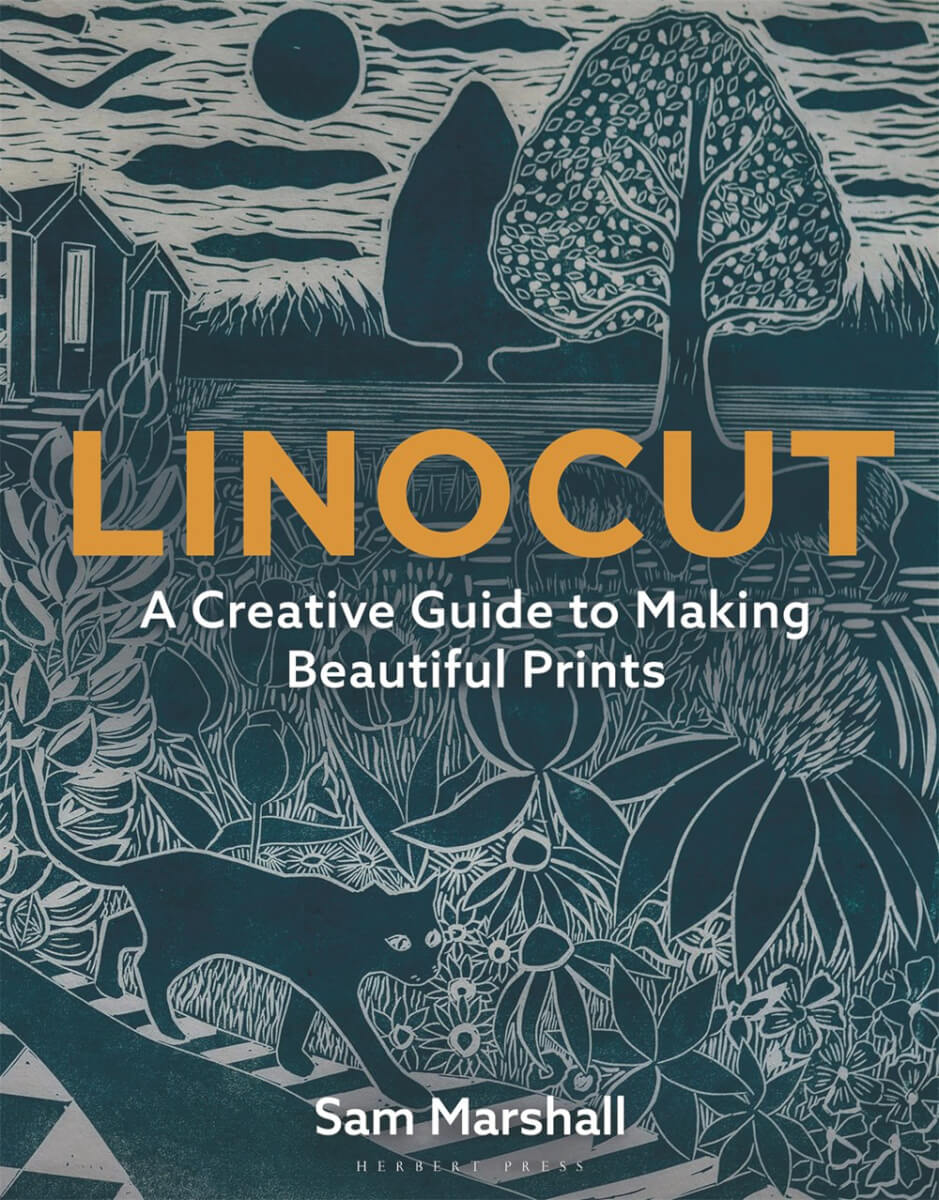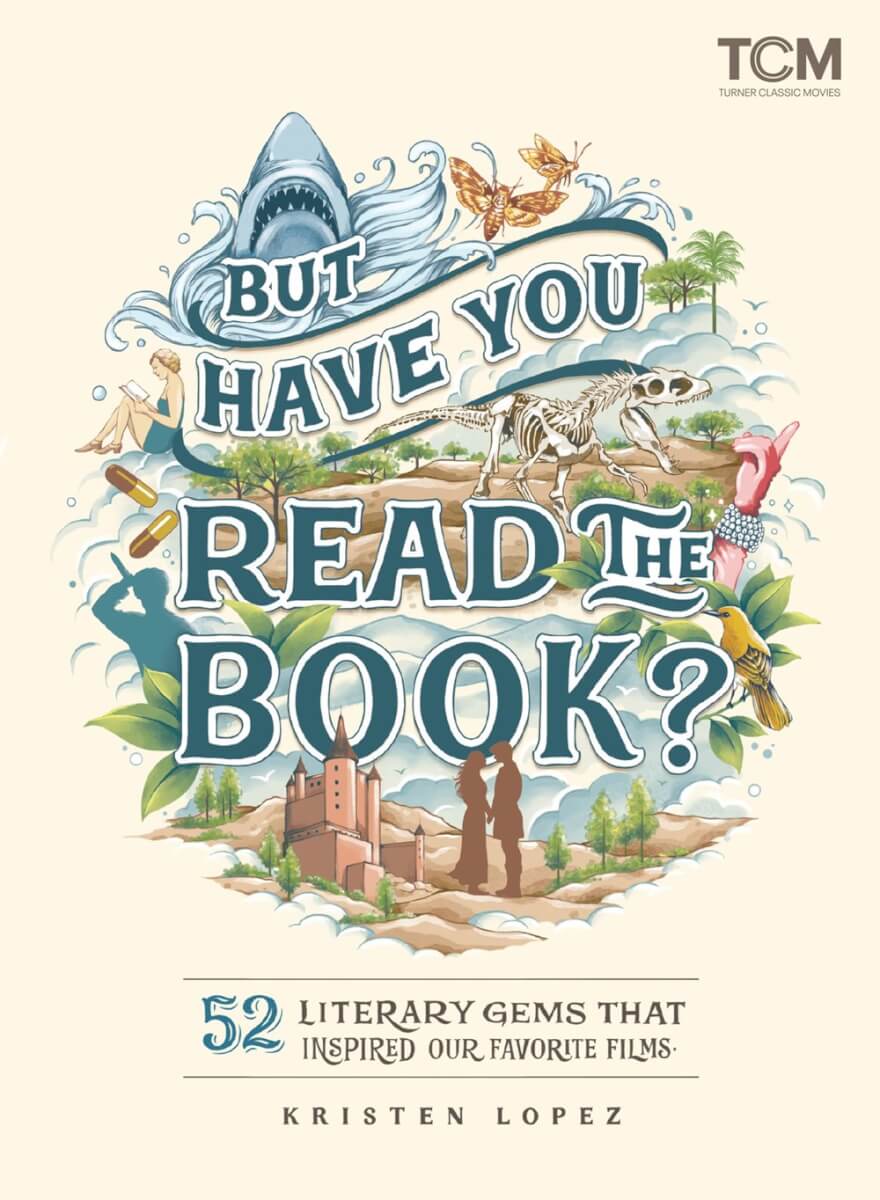I simply adore soup. Especially in cold weather, I could eat soup daily. I know I’m not alone. Soup lovers, let us take up our ladles and spoons and hunks of good bread: Shelly Westerhausen Worcel’s Every Season Is Soup Season: 85+ Souper-Adaptable Recipes to Batch, Share, Reinvent, and Enjoy sets us up for year-round slurping. Four seasons of soups, stews, ramen, gazpacho and more are joined by a mouthwatering assortment of garnishes—frizzled shallots, honeyed feta with black and white sesame seeds and tarragon-orange oil among them. Then there are the sides: salads, focaccia, cornbread. This winter I’m determined to try Worcel’s pumpkin and white bean soup with brown butter sage, and her sweet potato and leek peanut stew. Best of all, the soups can be repurposed into other dishes, such as a spicy noodle stir-fry made from the aforementioned stew.
Review by Susannah Felts
Soup lovers will delight in Shelly Westerhausen Worcel’s cookbook that offers soups, stews, ramen, gazpacho and more for every season.

































